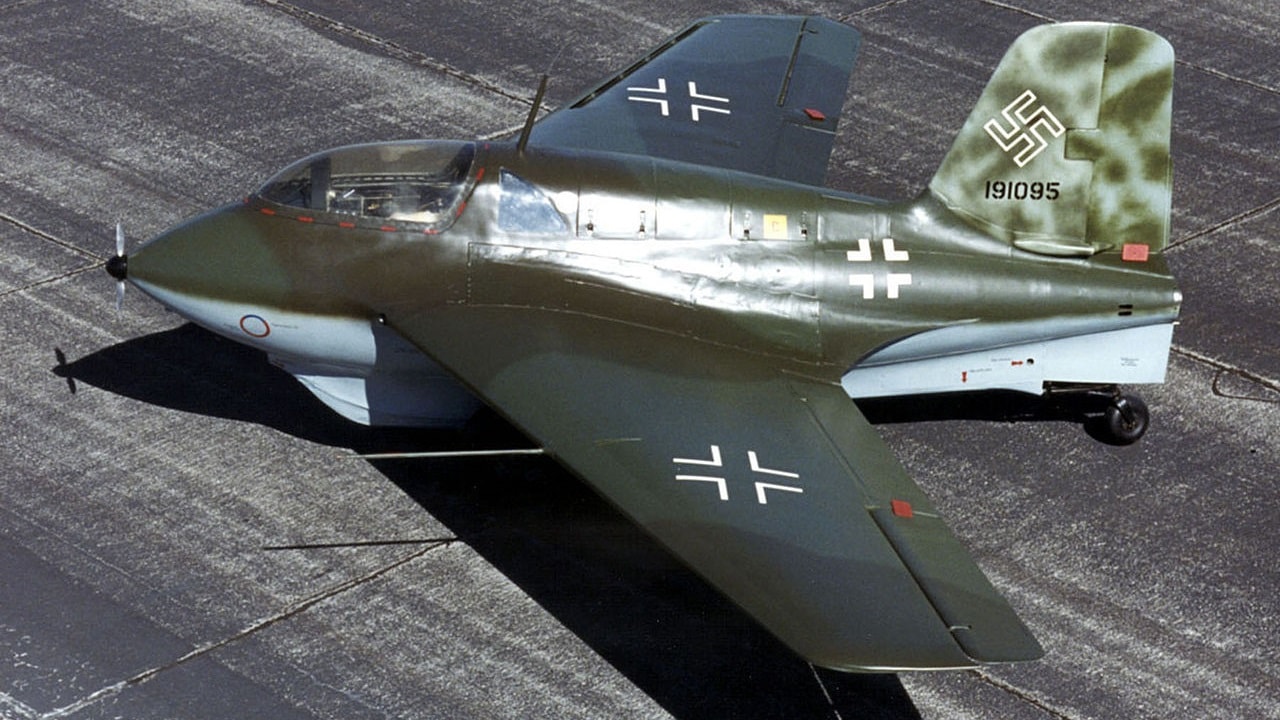The Germans – their current pacifistic culture notwithstanding – have a long history of innovation when it comes to weaponry. Everything from the first commercially successful semiautomatic pistol (the Borchardt C-93 in 1894, which in turn led to the legendary Broomhandle Mauser and the Luger P.08 Parabellum) to the first commercially successful double-action semiauto pistol (the Walther PP in 1929, which in turn spawned Agent 007’s world-famous Walther PPK two years later), to the first assault rifle (the Sturmgewehr Stg-44) to the first successful jet fighter (the Messerschmitt Me 262 Schwalbe). That same Teutonic operational inventiveness would carry over to the world’s first operational rocket-power fighter plane, though granted it didn’t achieve the same level of long-term success as the aforementioned patents. The revolutionary warplane in question was the Messerschmitt Me 163 Komet.
(Note: 19FortyFive went to the National Air and Space Museum and took the following video above to get you right up close to the Me 163.)
Not Halley’s Comet, But Hitler’s Komet Me 163
Designed as a dedicated point defense interceptor, the Komet was the only rocket-powered fighter to ever enter operational service. My 19FortyFive colleague Peter Suciu hits the nail on the head when he sums up the brief service life of the Komet in a nutshell: “Arguably the most ingenious and even radical of Germany’s combat aircraft to see service in the Second World War, the Me 163 achieved no small degree of success during the final nine months of the conflict. However, it reached operational units too late and in numbers too small to affect the ultimate outcome.”
This high-speed Luftwaffe warbird scared the hell out of Allied pilots and war planners when it first arrived on the scene, as it took them completely by surprise. The rocket-powered plane hit an official top speed of 623.8 mph (1,000/kph/Mach 0.81), which was over 400 mph (643 kph) faster than the B-17 Flying Fortress bombers they were sent to intercept and 155 mph (249 kph) faster than the previous world speed record. Unofficially, in July 1944, German test pilot Heini Dittmar attained a world flight airspeed record of 700 mph (1,130 kph) whilst flying a Komet, an accomplishment which wasn’t exceeded until Chuck Yeager broke the sound barrier in his Bell X-1 in October 1947.
Killer Komets
The Me 163 had more than just record-breaking speed going for it. It also packed a hellacious punch, in the form of two Rheinmetall-Borsig MK 108 30mm cannons. These fearsome guns had a max rate of fire of 650 rounds per minute and were nicknamed the “pneumatic hammer” due to their distinctive firing sound. Some Komets were also retrofitted with the Sondergerät 500 Jägerfaust experimental airborne anti-bomber recoilless rifle. This rather odd contraption featured a simple form of an automated trigger in which an optical photocell detected the dark silhouette of a bomber triggered-firing of the 50 mm projectiles vertically into the lower sides of bombers.
This combination of speed and firepower enabled Komet pilots to claim 16 air-to-air kills against Allied warplanes, mostly B-17s and RAF Mosquitos – the Me 163 was the only Luftwaffe plane that could match or exceed the Mosquito speed-wise – though on one occasion in August the rocket plane also managed to down three P-51D Mustangs in a single engagement.
The most successful Komet driver was Feldwebel (Sergeant) Siegfried Schubert, who tallied three confirmed kills against B-17s. In one instance, the bomber disappeared in a cloud of smoke and flames.
The only kill obtained by the Me 163 using the aforementioned Jägerfaust was operated by Leutenant (Lieutenant) Fritz Kelb, who did so on April 10, 1945, against a British Halifax (or Lancaster, depending on which source you consult) bomber. As described by Kelb’s fellow Komet driver Hauptmann (Captain) Wolfgang Späte, “Kelb approached the lead aircraft of the bomber formation and flew by underneath the bomber at very close range. He had received a lot of hits on the top side of the airplane…shrapnel from the giant explosion which had blown his target to bits. This was the one and only time that this weapons system was used in the air….‘Too late!’”
In turn, six-to-nine Me 163s were shot down by Allied fighter pilots, who found – as with the Me 262 jet fighter – that the fearsome rocket plane was at its most vulnerable whilst descending to land.
Blunted by Berlin Bureaucracy
Those words “Too late” are just as easily applicable to the Me 163 in general as well as the Me 262. Luckily for the Allies in both cases, the growth and development of these Wunderwaffen (“wonder weapons”) were stunted and hammered by bureaucratic interference and/or infighting. Regarding the Schwalbe, which entailed the meddling by no less than Der Fuhrer himself, Adolf Hitler, wanted the jet fighter developed as a bomber. Meanwhile, the Komet fell prey to a pissing contest (pardon my French) between designer Professor Alexander Lippisch, who had been a pioneer in rocket propulsion, and Professor Willy Messerschmitt. These two strong-willed personalities butted heads over key attributes of the design, which resulted in developmental delays that prevented the Me 163 from making its maiden flight until September 1, 1941. The warbird finally went operational in 1944.
Killer Komet to Its Own Pilots As Well
However, even when the plane finally entered frontline service, the problems didn’t end there. The Komet proved to be every bit as deadly to its own pilots, if not even more so, as it was to its adversaries. At least nine Me 163 pilots were killed in accidents, including the aforementioned Feldwebel Schubert (on the same day he scored his last two kills no less). This was mainly due to its extremely volatile fuel, a combination of T-Stoff and C-Stoff, which was not only explosive but also highly corrosive and toxic. As stated by aeronautical engineer Dr. Alexander Lippisch, “If you stick your finger in it, then you get only the bone.”
That fuel also limited the Me 163 to a mere 7 minutes of flight time. Whilst the seemingly paradoxical truisms of “Speed is life” and “Speed kills” are both applicable to fighter pilots, in the case of the Komet, it was “too much of a good thing,” as its pilots had a mere 2.5-second window in which to aim and fire their guns.
And then there were the landing issues. As noted by aviation author Don Hollway, “Ascents were so rapid that pilots, in their unpressurized cockpits, got a touch of the bends as nitrogen bubbles formed in their bloodstreams. Diet was restricted to reduce intestinal gas, lest they blew up like balloons.” That’s correct, dear readers, the Komet‘s pilots were subjected to fart control.
From there, since the plane lacked true landing gear – the wheeled dolly was jettisoned upon takeoff – its pilots were forced to land directly on the fuselage in a keel skid. This, combined with the aforementioned fuel blowup issues, made for a rather dicey proposition indeed.
Where Are They Now?
A total of 370 Komets were built. In spite of all the Me 163’s issues, a number of them survive today in museums spread across Australia, Canada, Germany, the UK, and the U.S. Among the Stateside examples is the Steven F. Udvar-Hazy Center in Chantilly, Virginia.
Bonus: World War II Weapons of War
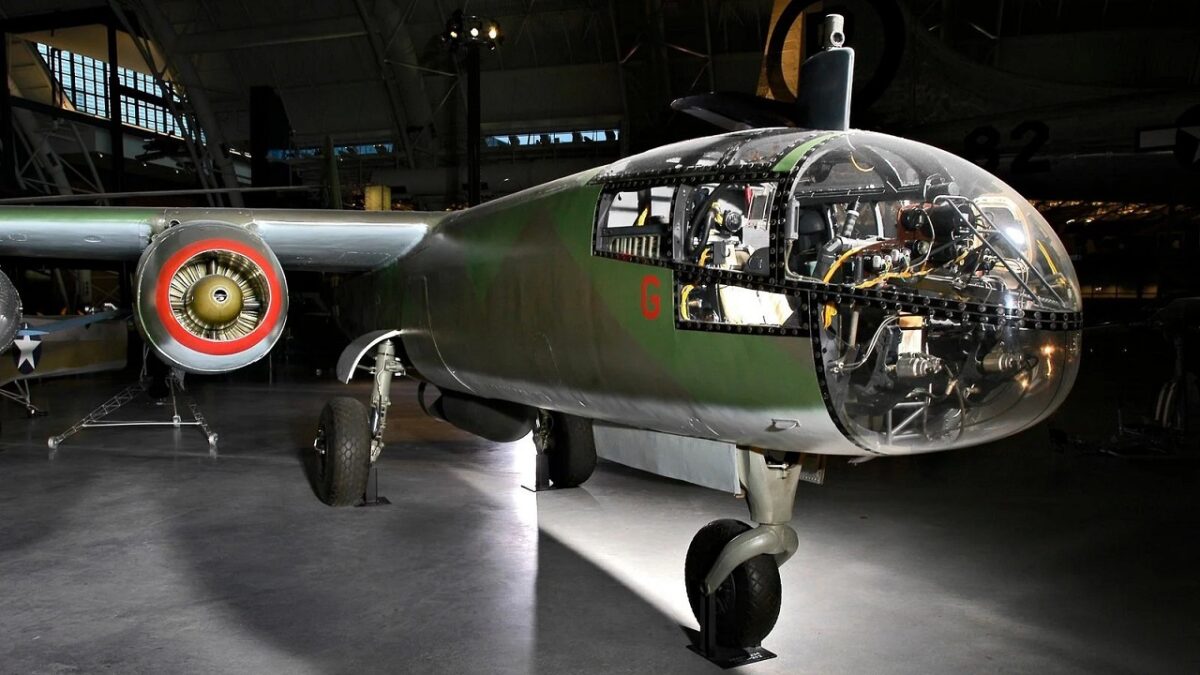
Often overshadowed by more famous jets in World War II, the Ar 234 B-2—known as the Blitz, or Lightning—had caught the Allies by surprise when the nine soared through the skies on December 24, 1944.
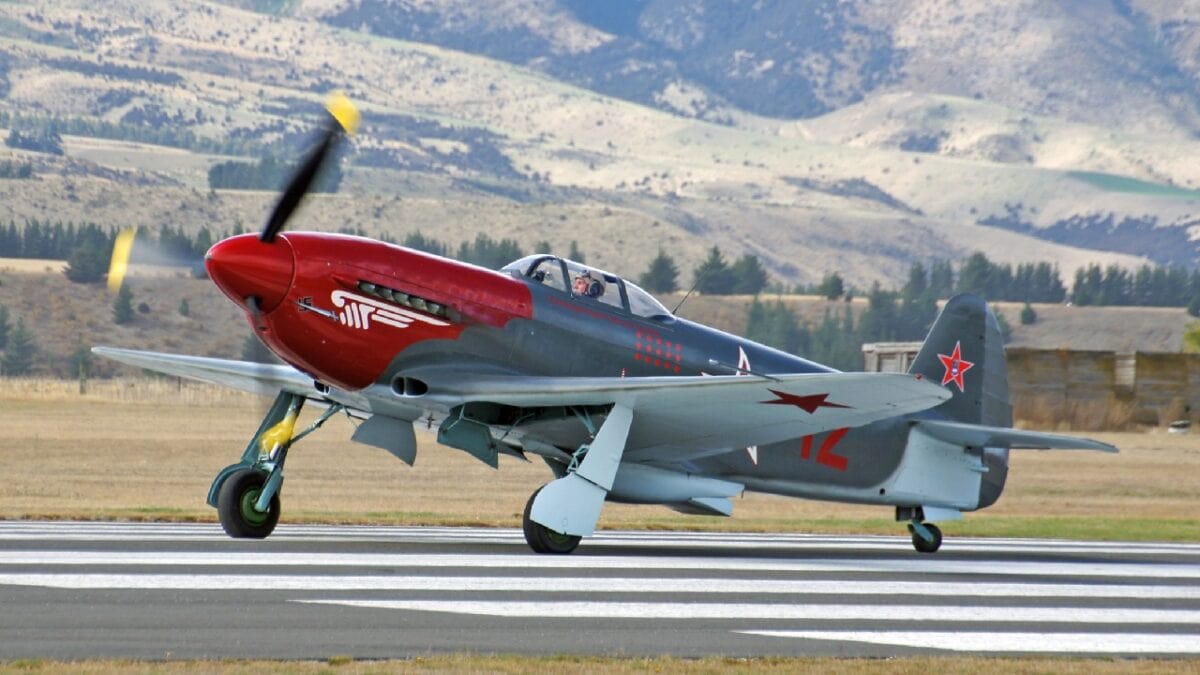
The Yakovlev Yak-3 was a World War II Soviet fighter aircraft regarded as one of the best fighters of the war. It was one of the smallest and lightest major combat fighters fielded by any combatant during the war, and its high power-to-weight ratio gave it excellent performance.

Russia’s Yak-3 fighter from World War II.
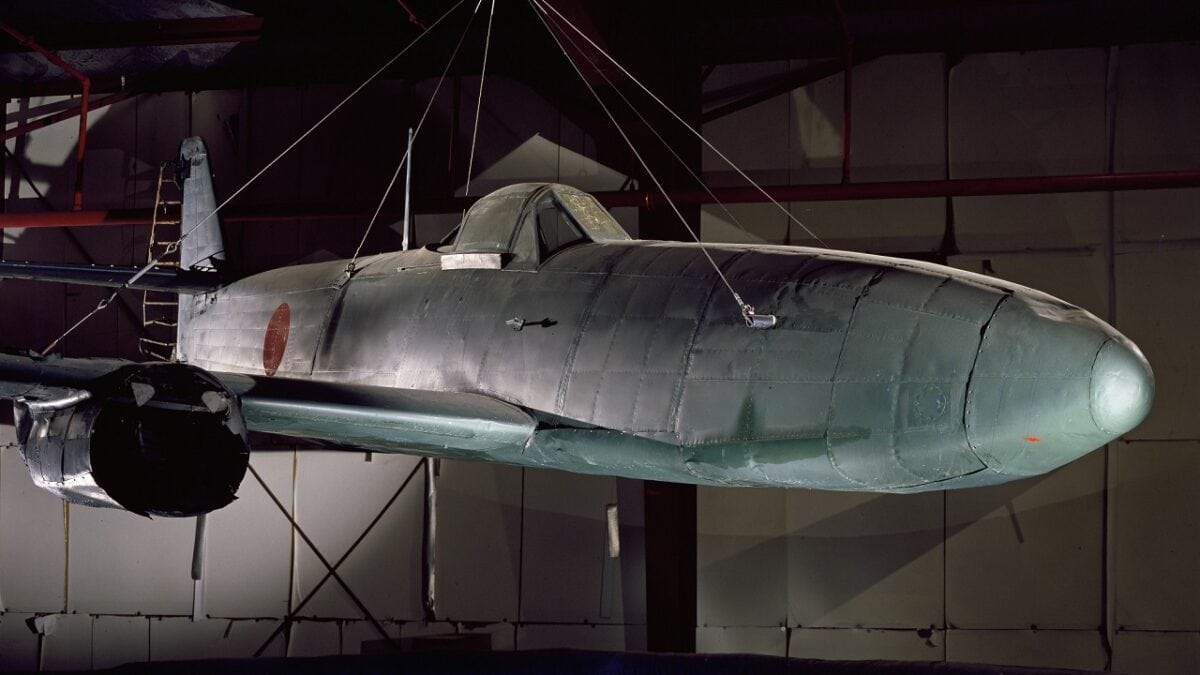
The Nakajima Kikka was the only World War II Japanese jet aircraft capable of taking off under its own power.

In 1943 the all-wing and jet-propelled Horten Ho 229 (‘aitch-oh-two-two-nine’) promised spectacular performance and the German air force (Luftwaffe) chief, Hermann Göring, allocated half-a-million Reich Marks to the brothers Reimar and Walter Horten to build and fly several prototypes. Numerous technical problems beset this unique design and the only powered example crashed after several test flights but the airplane remains one of the most unusual combat aircraft tested during World War II.
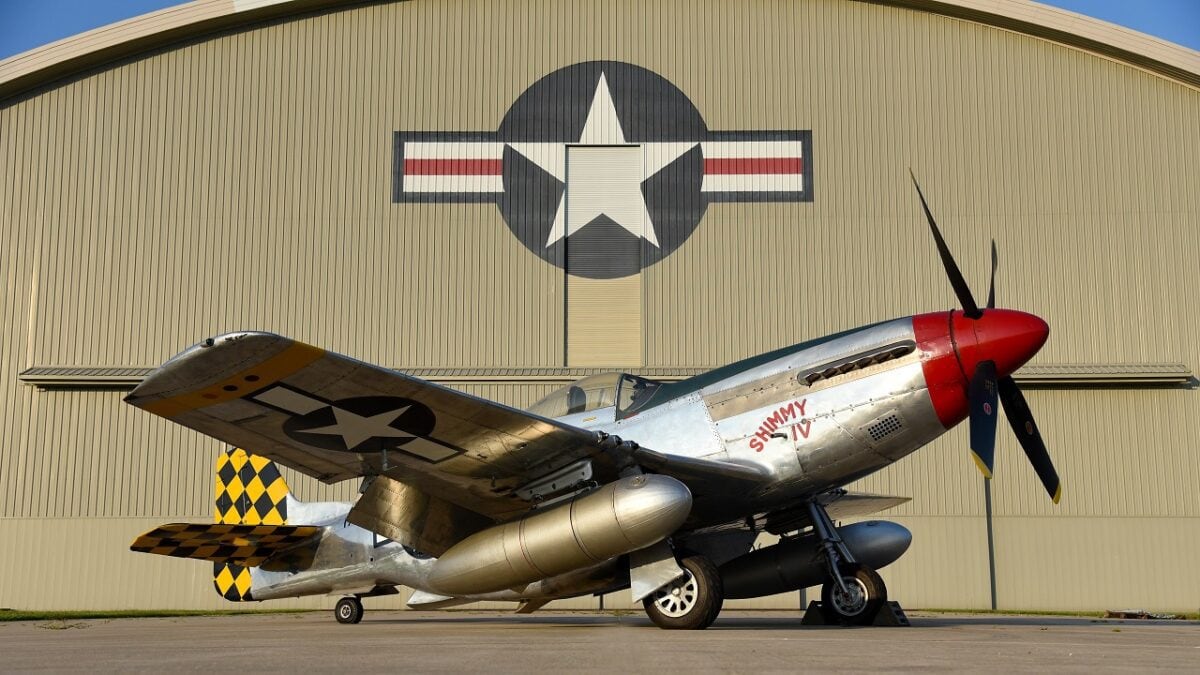
The Mustang was among the best and most well-known fighters used by the U.S. Army Air Forces during World War II. Possessing excellent range and maneuverability, the P-51 operated primarily as a long-range escort fighter and also as a ground attack fighter-bomber. The Mustang served in nearly every combat zone during WWII, and later fought in the Korean War.
Christian D. Orr is a former Air Force officer, Federal law enforcement officer, and private military contractor (with assignments worked in Iraq, the United Arab Emirates, Kosovo, Japan, Germany, and the Pentagon). Chris holds a B.A. in International Relations from the University of Southern California (USC) and an M.A. in Intelligence Studies (concentration in Terrorism Studies) from American Military University (AMU). He has also been published in The Daily Torch and The Journal of Intelligence and Cyber Security. Last but not least, he is a Companion of the Order of the Naval Order of the United States (NOUS).

